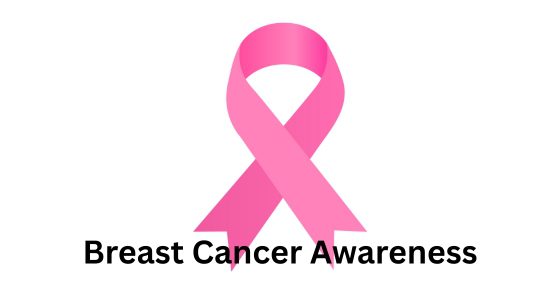Bullying
Bullying is a serious problem today. Bullying can range from mean teasing to threats and physical violence. Bullying can be verbal, physical, digital harassment, and even extortion of money or exclusion from activities. According to stopbullying.gov 28% of kids in grades 6-12 say they have been bullied at school and about 30% of kids admit to bullying another child. Most of this school bullying happens in middle school grades, but bullying can happen anywhere or anyplace, not just at school. Cyberbullying is bullying on a digital platform. Cyberbullying can happen on social media, through text messaging, or while playing online games. Cyberbullying is reported by about 20% of teens, and the incidence may be even higher.
Parents need to be on the lookout for signs that a child is being bullied or is bullying others since most kids who are being bullied may not say anything to parents or ask for help. Some warning signs to watch out for are changes in your child’s behavior. These changes can include unexplainable physical injuries, lost or destroyed clothes, books or electronics, frequent headaches, stomach aches or even faking illness to get out of going to school, changes in eating habits, like skipping meals or binge eating, difficulty sleeping, loss of interest in school or activities, avoidance of friends, noticeable increases or decreases of screens and texting, hiding their screens when others are near, avoiding social situations, and self-destructive behaviors such as harming themselves or talk of suicide. Kids who are targets of bullies are often perceived as different from their peers. The differences may be that they are short, tall, fat or thin, don’t have “cool” clothes or shoes, or have a different religion or sexual orientation. Signs a child may be bullying others could include getting into physical or verbal fights, aggressive behavior, blaming others for their problems, worrying about being popular or having unexplained extra money or belongings.
Bullying is linked to negative outcomes for the child who is being bullied and the child who is the bully. Kids who are bullied are often depressed, lonely, have health complaints and are more likely to drop out of school. Kids who are bullied have been known to retaliate against their bullies through violent measures. Many school shooters have had a history of being bullied. Children who are bullies often engage in other violent and risky behaviors and are more likely to abuse alcohol and drugs, get into fights, and be abusive to spouses or children as adults.
Adults can help prevent bullying by helping kids understand bullying and encouraging then to talk about bullying if they are a victim or if they see bullying. Give kids tips on how to stand up to bullies. Parents need to be aware of what their kids are doing online, and monitor their kids’ social media use. Parents can check histories or even use apps to do this. Make sure you have your child’s passwords and establish rules for media use. Some good rules are to make sure your child never gives others their passwords or information and to treat everyone with respect and never post or forward anything negative about others. Keep the lines of communication open with your kids. Spend time each day talking to your kids and let them know you will listen to problems when they need to talk. Model respectful behavior towards others. When you are online, be respectful to others, even if you are posting comments.

















